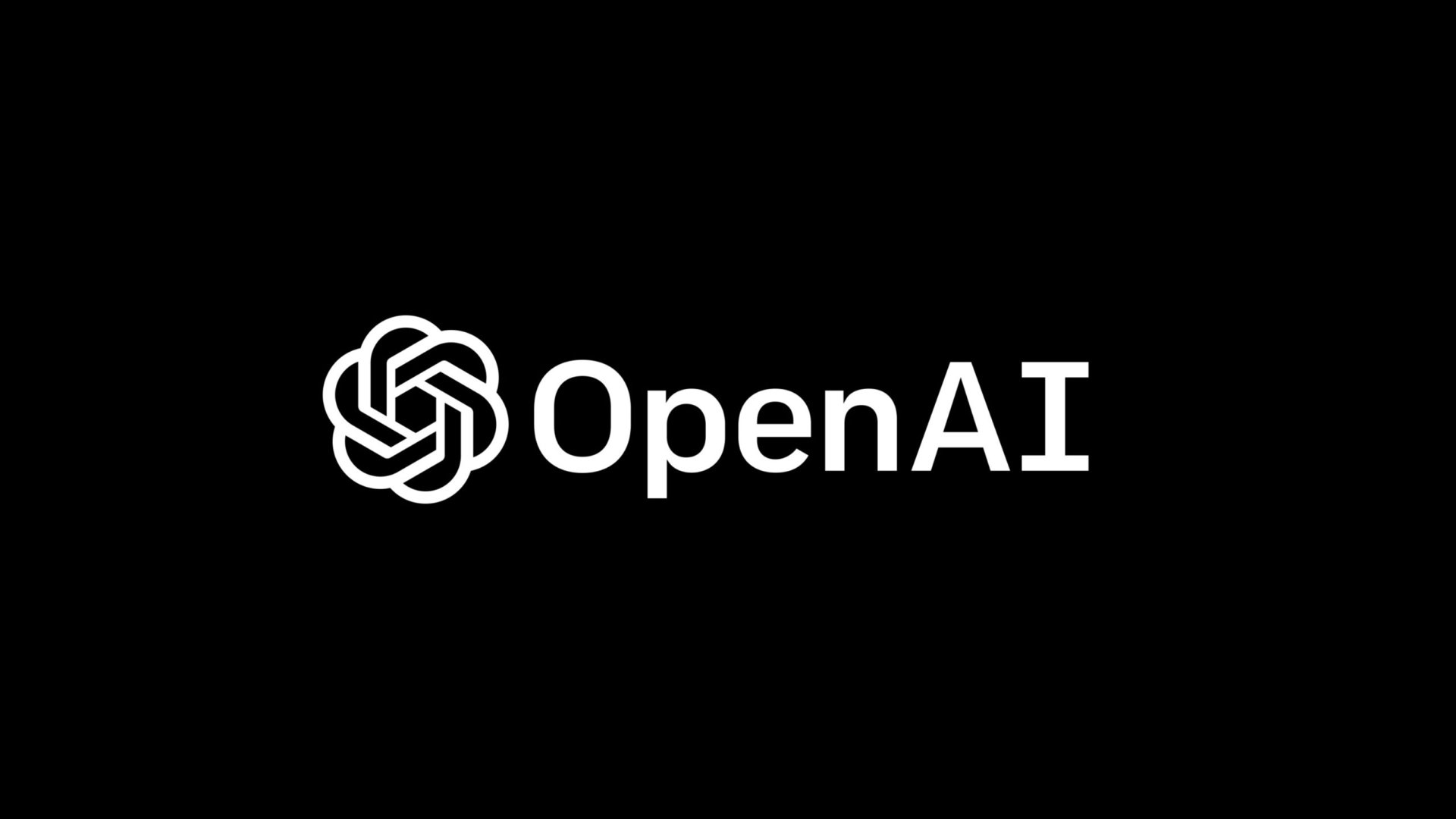Unleashing the Power of OpenAI's ChatGPT Models: A Comprehensive Guide for AI Enthusiasts
In the realm of artificial intelligence, OpenAI's ChatGPT models stand as pillars of innovation, offering unparalleled capabilities in natural language understanding and generation. From GPT-4 to DALL·E and beyond, each model boasts unique features and functionalities, empowering developers, researchers, and businesses to harness the power of AI in diverse applications.
Delving into OpenAI's ChatGPT Models
Let's embark on a journey to unravel the intricacies of each ChatGPT model, exploring their specific capacities, applications, and contributions to the AI landscape.
- GPT-4 and GPT-4 Turbo
- Model Names: gpt-4, gpt-4-turbo-preview
- Capacity: GPT-4 is a large multimodal model capable of understanding and generating text or code with advanced reasoning capabilities. GPT-4 Turbo further enhances instruction following, JSON mode, reproducible outputs, and parallel function calling.
- Applications: Ideal for solving complex problems, chat interactions, and traditional completion tasks.
- Training Data: Up to Dec 2023
- GPT-3.5 Turbo
- Model Names: gpt-3.5-turbo, gpt-3.5-turbo-0125
- Capacity: Improved version of GPT-3.5 optimized for chat interactions, offering higher accuracy and addressing text encoding issues.
- Applications: Suitable for chatbots, content generation, and various natural language processing tasks.
- Training Data: Up to Sep 2021
- DALL·E
- Model Names: dall-e-3, dall-e-2
- Capacity: AI system capable of generating and editing images based on textual descriptions. DALL·E 3 supports creating new images, while DALL·E 2 offers image editing and variation capabilities.
- Applications: Art generation, image editing, visual storytelling, and creative design.
- TTS (Text-to-Speech)
- Model Names: tts-1, tts-1-hd
- Capacity: Converts text into natural-sounding spoken audio. TTS-1 optimized for speed, while TTS-1-HD optimized for quality.
- Applications: Voice assistants, audiobook narration, accessibility features, and interactive voice response systems.
- Whisper
- Model Name: whisper-1
- Capacity: General-purpose speech recognition model supporting multilingual speech recognition, translation, and language identification.
- Applications: Speech-to-text conversion, language translation, voice-enabled applications, and language identification.
- Embeddings
- Model Names: text-embedding-3-large, text-embedding-3-small, text-embedding-ada-002
- Capacity: Numerical representations of text useful for search, clustering, recommendations, and classification tasks.
- Applications: Text analysis, semantic search, recommendation systems, and anomaly detection.
- Moderation
- Model Names: text-moderation-latest, text-moderation-stable, text-moderation-007
- Capacity: Fine-tuned models for detecting sensitive or unsafe content across various categories like hate speech, violence, and self-harm.
- Applications: Content moderation, compliance enforcement, and community safety measures.
How to Use ChatGPT Models
Using ChatGPT models is easier than you might think. Developers can access these models through OpenAI's API, allowing seamless integration into various applications and platforms. With comprehensive documentation and developer resources available, getting started with ChatGPT models is a straightforward process.
Sign up for OpenAI's API: Register for an account on OpenAI's platform and gain access to the API documentation and resources.
Choose the Right Model: Select the ChatGPT model that best suits your application's requirements and use case. Consider factors such as model capabilities, response time, and pricing options.
Integrate with Your Application: Follow the API documentation to integrate the selected ChatGPT model into your application or platform. Leverage the provided code examples and tutorials to streamline the integration process.
Fine-Tuning and Customization: Explore advanced features like fine-tuning to customize the model's behavior for specific tasks or domains. By fine-tuning the model on your data, you can enhance its performance and accuracy.
Monitor and Iterate: Continuously monitor the performance of your ChatGPT integration and gather user feedback to identify areas for improvement. Iterate on your implementation to enhance the user experience and optimize performance.
Leveraging the Power of ChatGPT for Innovation
OpenAI's ChatGPT models empower developers, researchers, and businesses to unlock new possibilities in AI-driven applications. From enhancing customer interactions to automating tedious tasks, these models offer limitless potential for innovation and creativity.
Whether you're building a chatbot for customer support, developing a virtual assistant for your app, or exploring new avenues of AI-driven creativity, ChatGPT models provide the tools you need to succeed. With their advanced capabilities and user-friendly APIs, ChatGPT models pave the way for a future where AI seamlessly integrates into our daily lives.
Conclusion
As AI continues to reshape the technological landscape, OpenAI's ChatGPT models remain at the forefront of innovation. With their unparalleled ability to understand and generate natural language, these models open doors to new opportunities across various industries and applications.
By harnessing the power of ChatGPT models, developers can create intelligent, engaging experiences that enhance user interactions and drive business growth. Whether you're a seasoned AI enthusiast or a newcomer to the field, exploring the potential of ChatGPT models is an exciting journey filled with endless possibilities.
Unlock the power of ChatGPT models today and embark on a journey of AI-driven innovation like never before. Visit OpenAI's website to learn more and start building with ChatGPT models.

